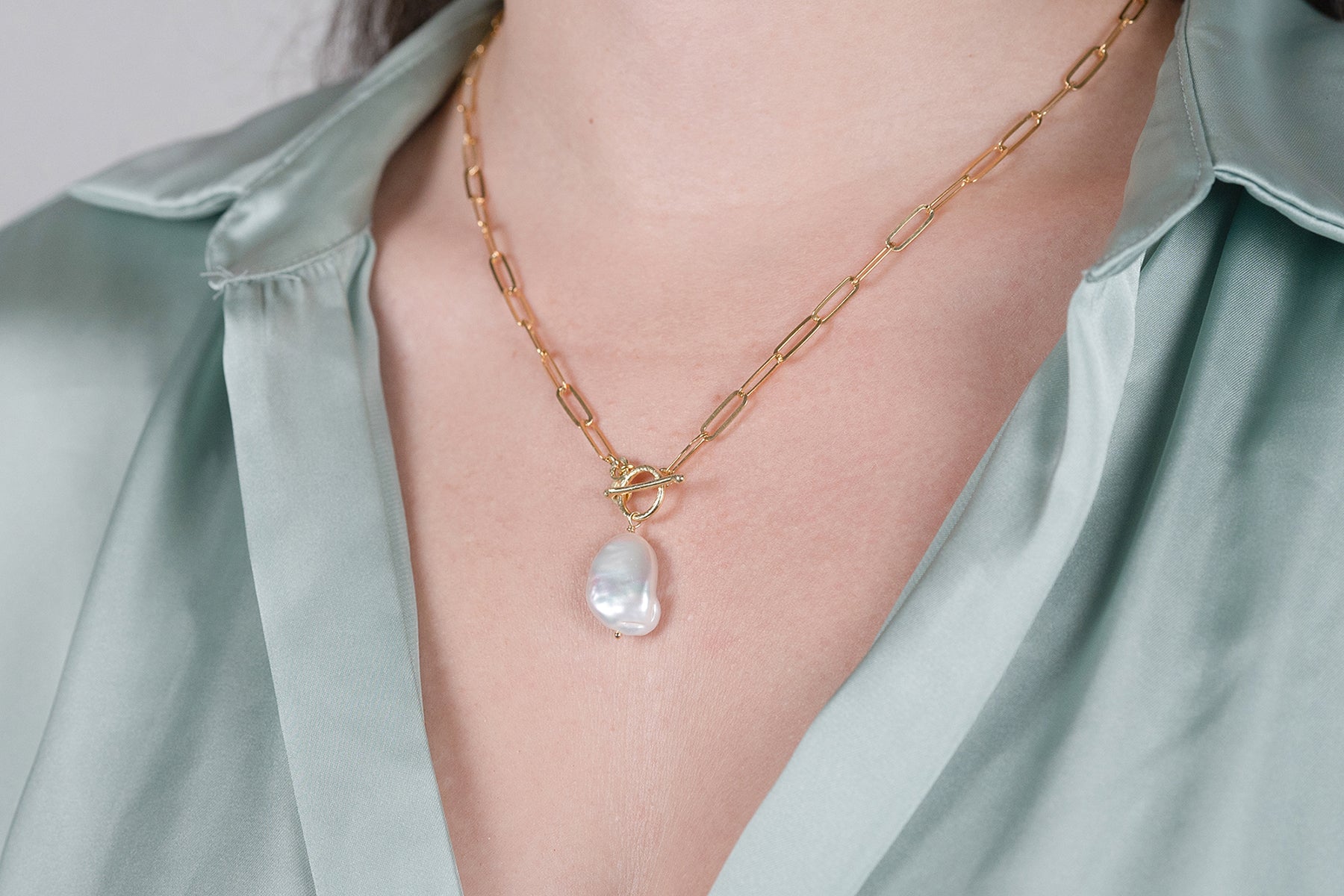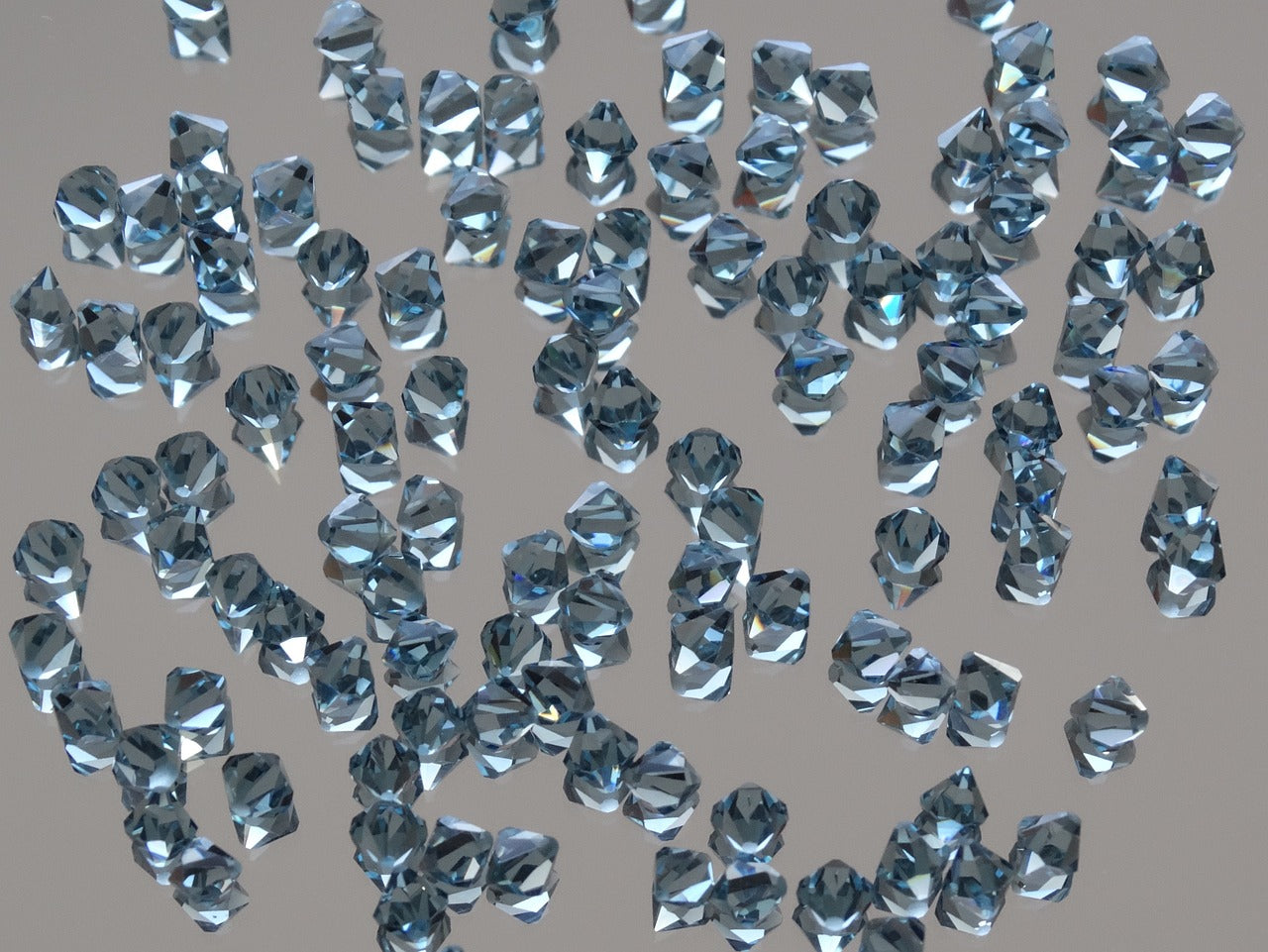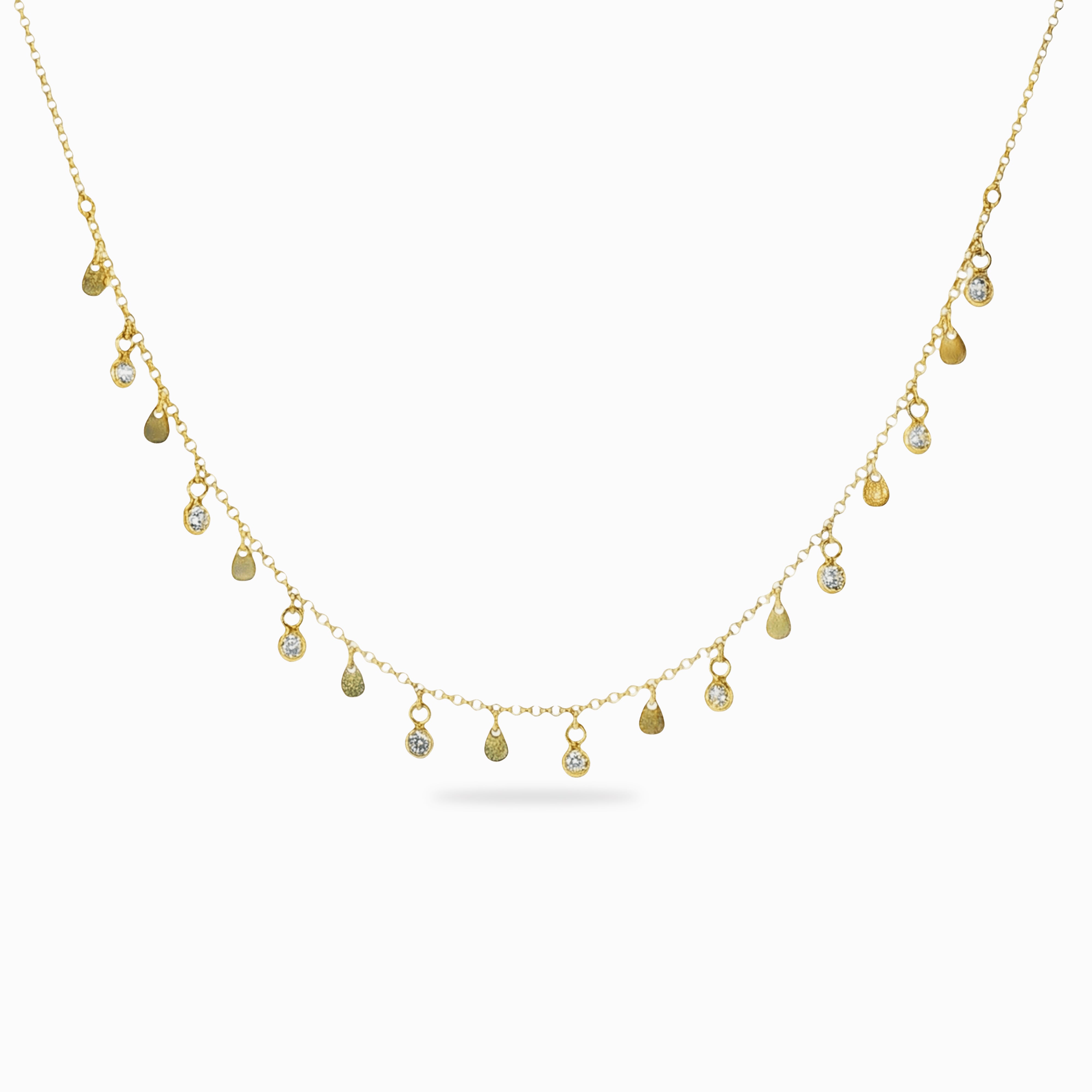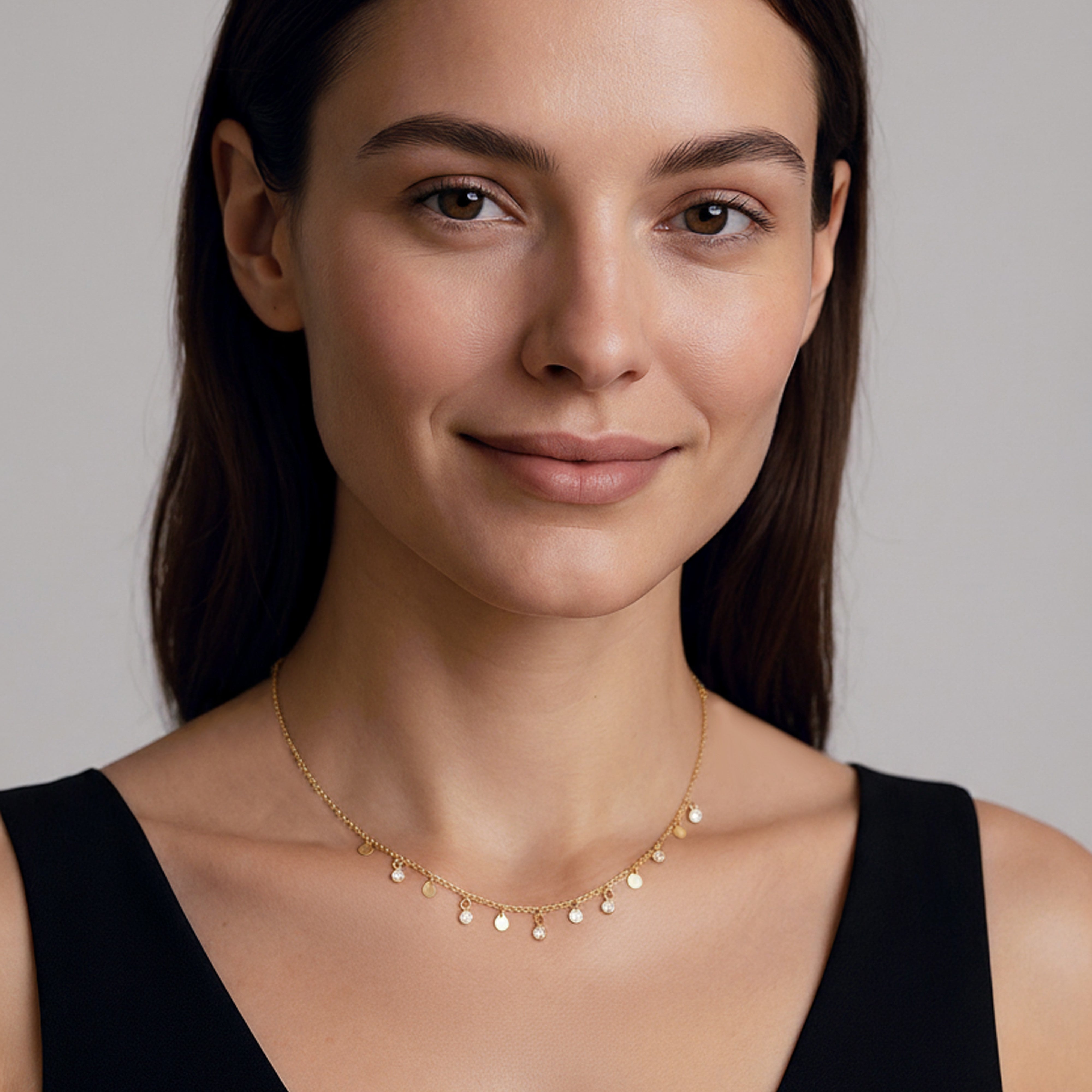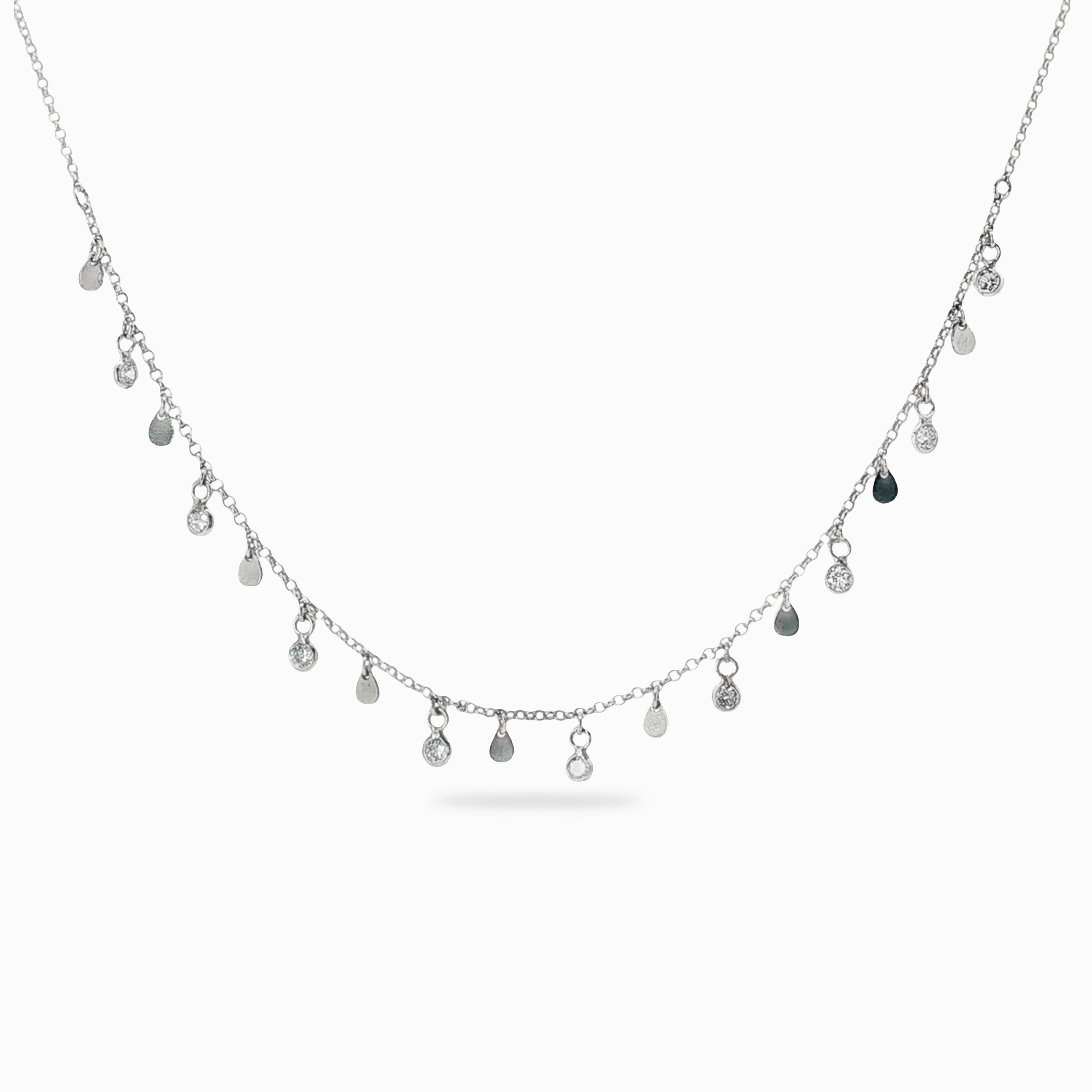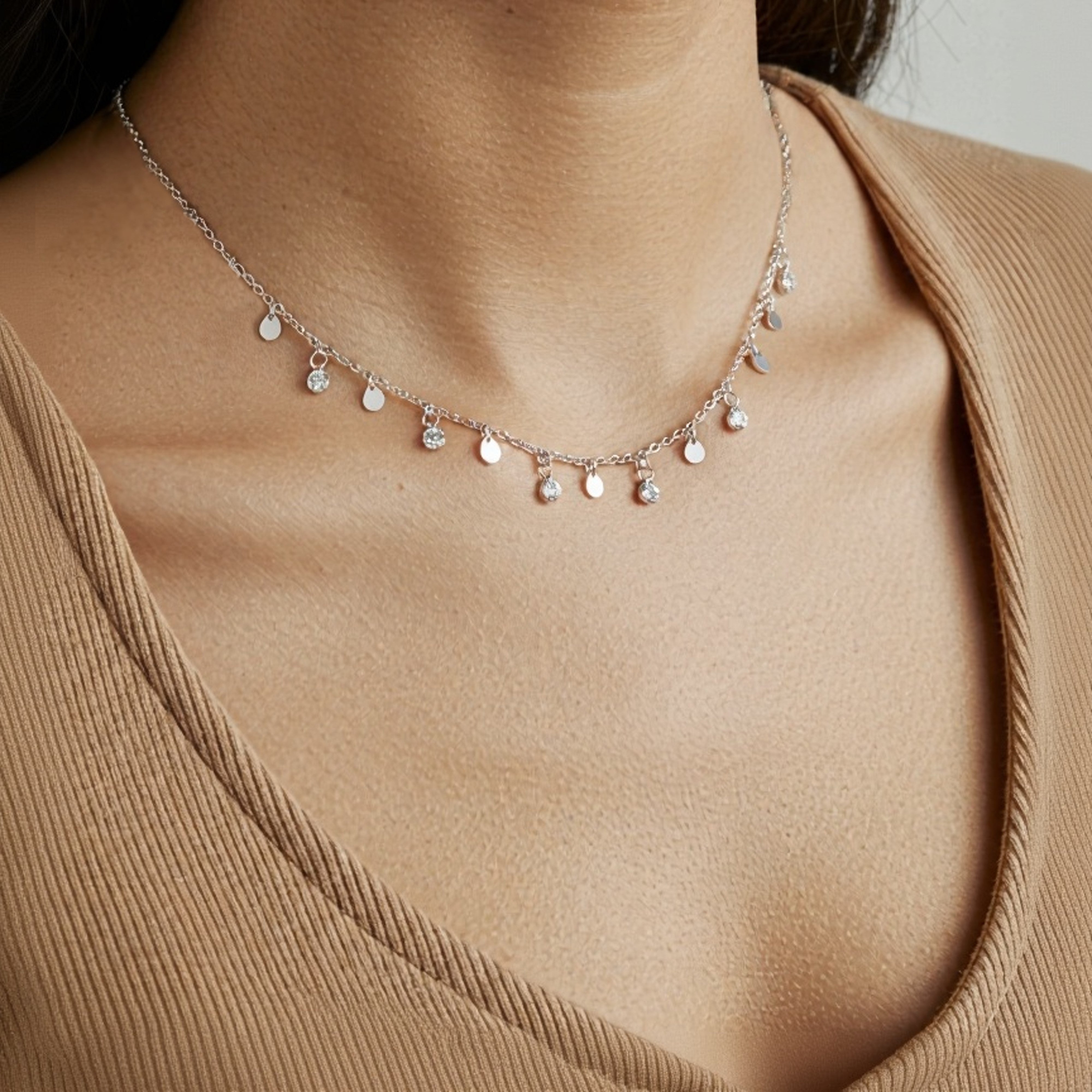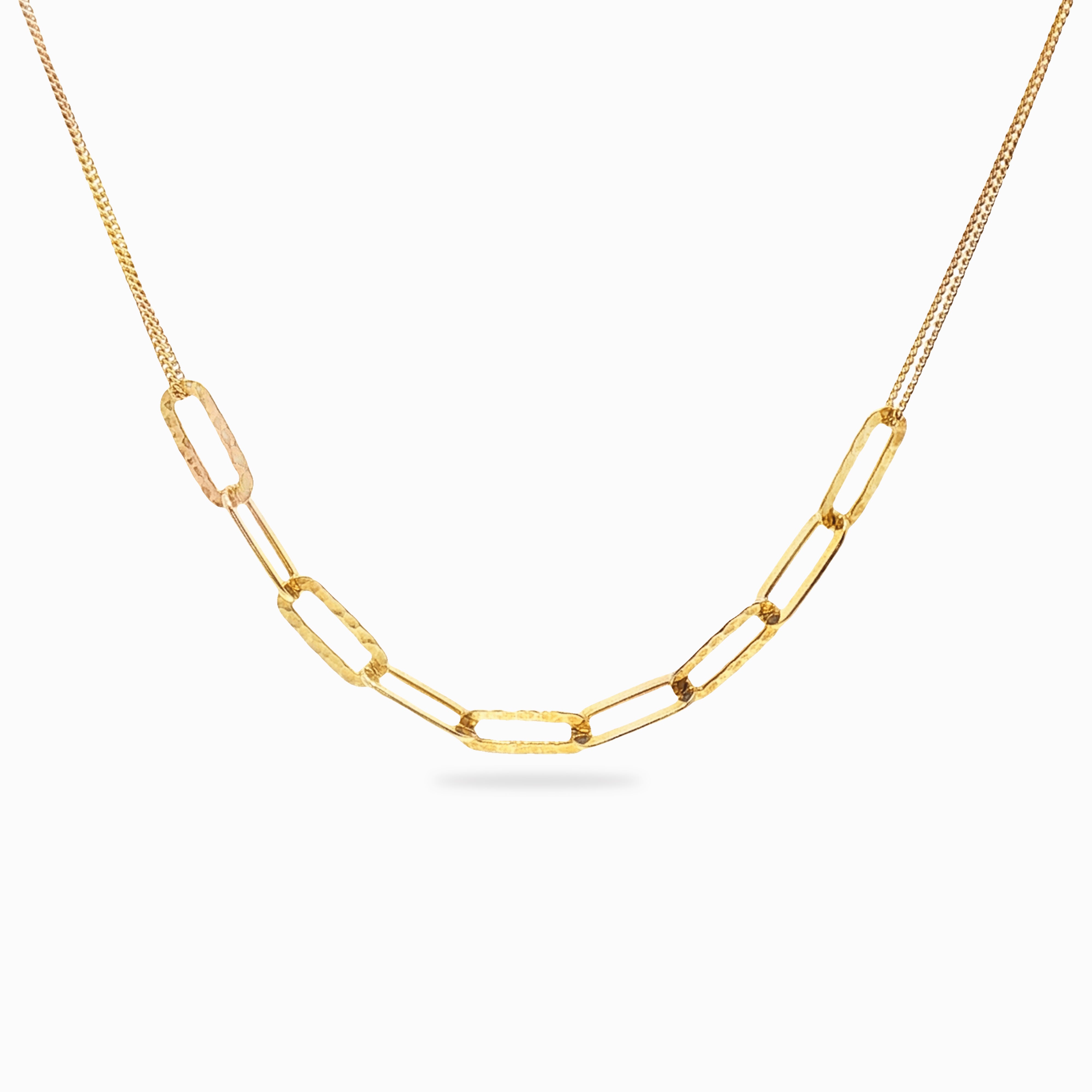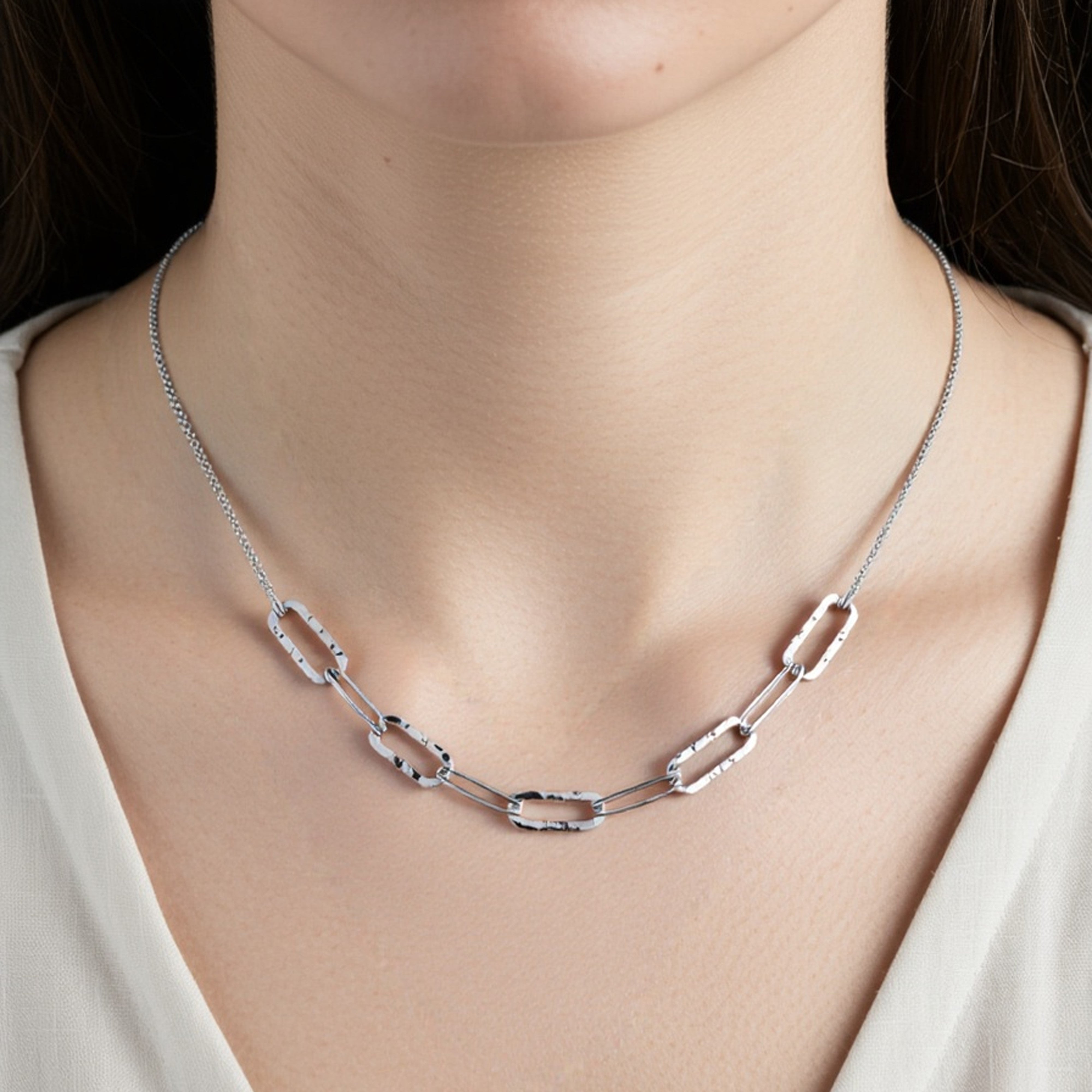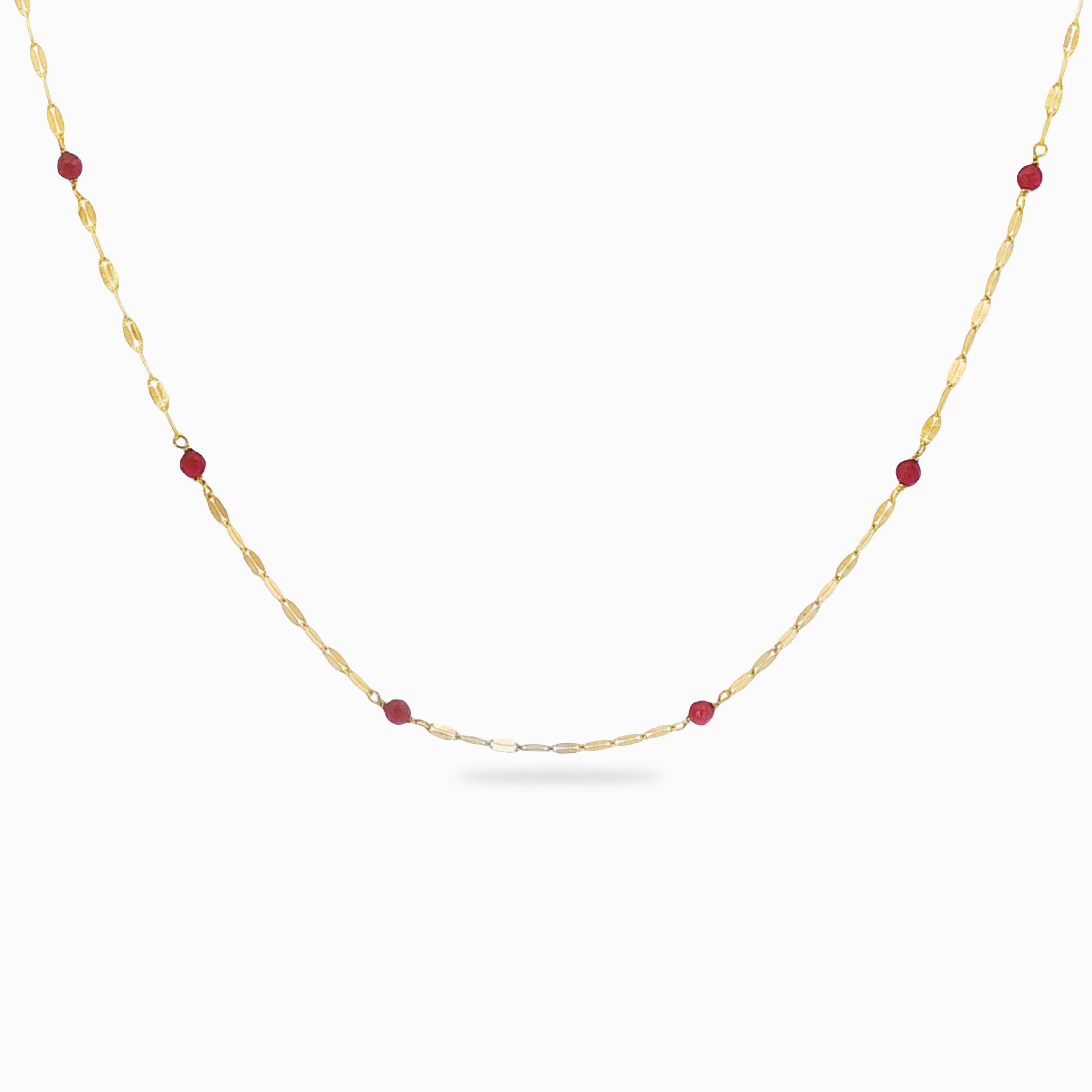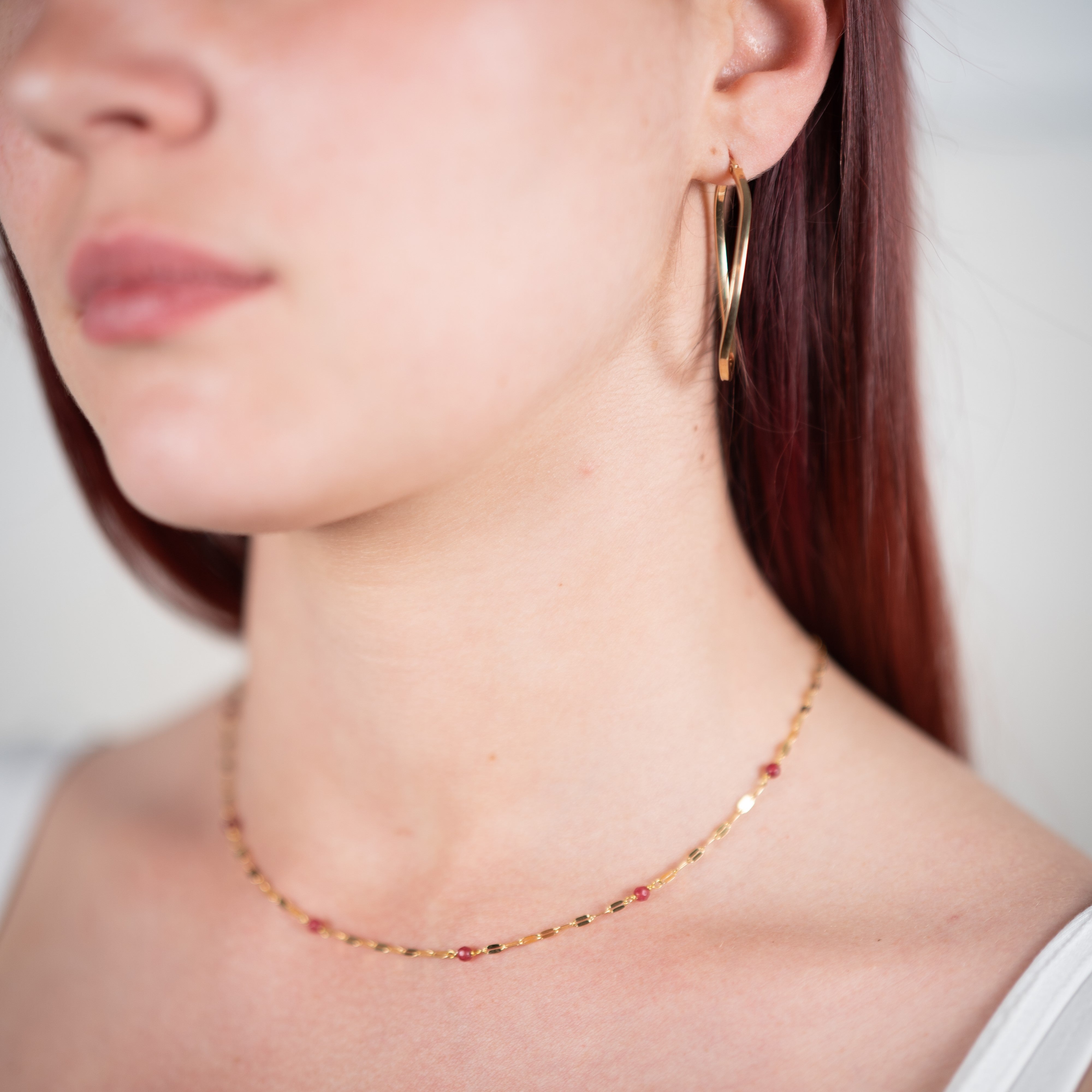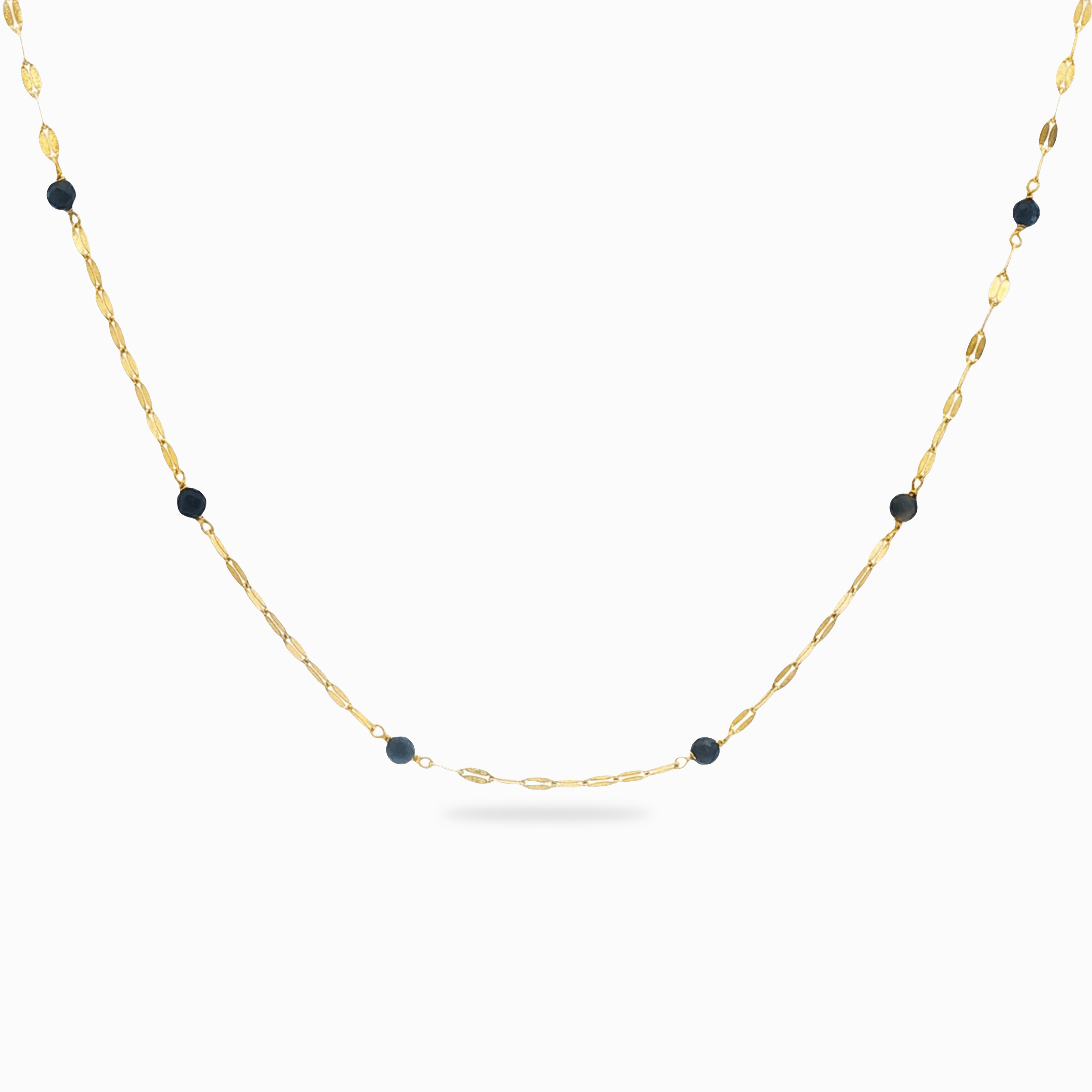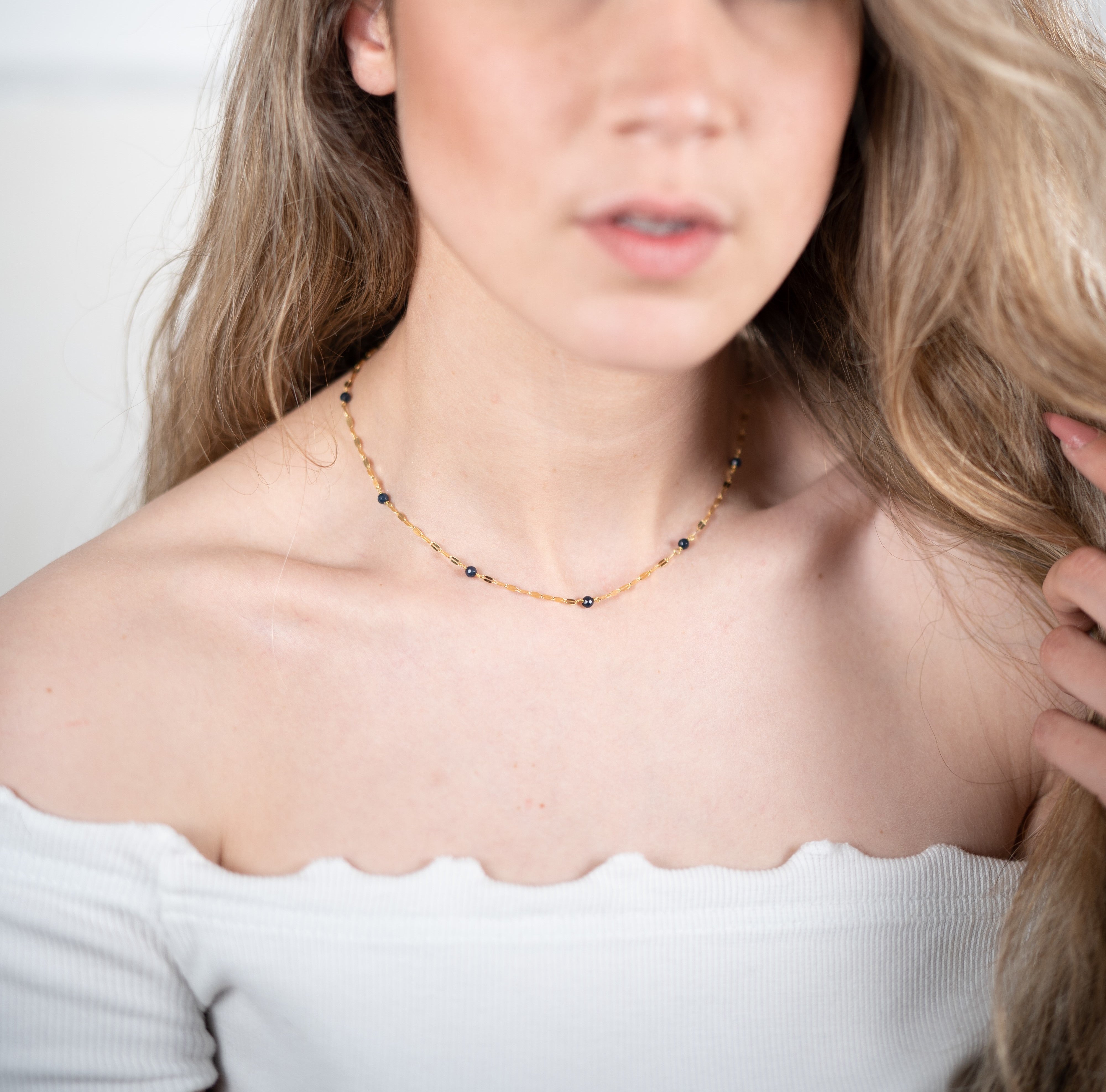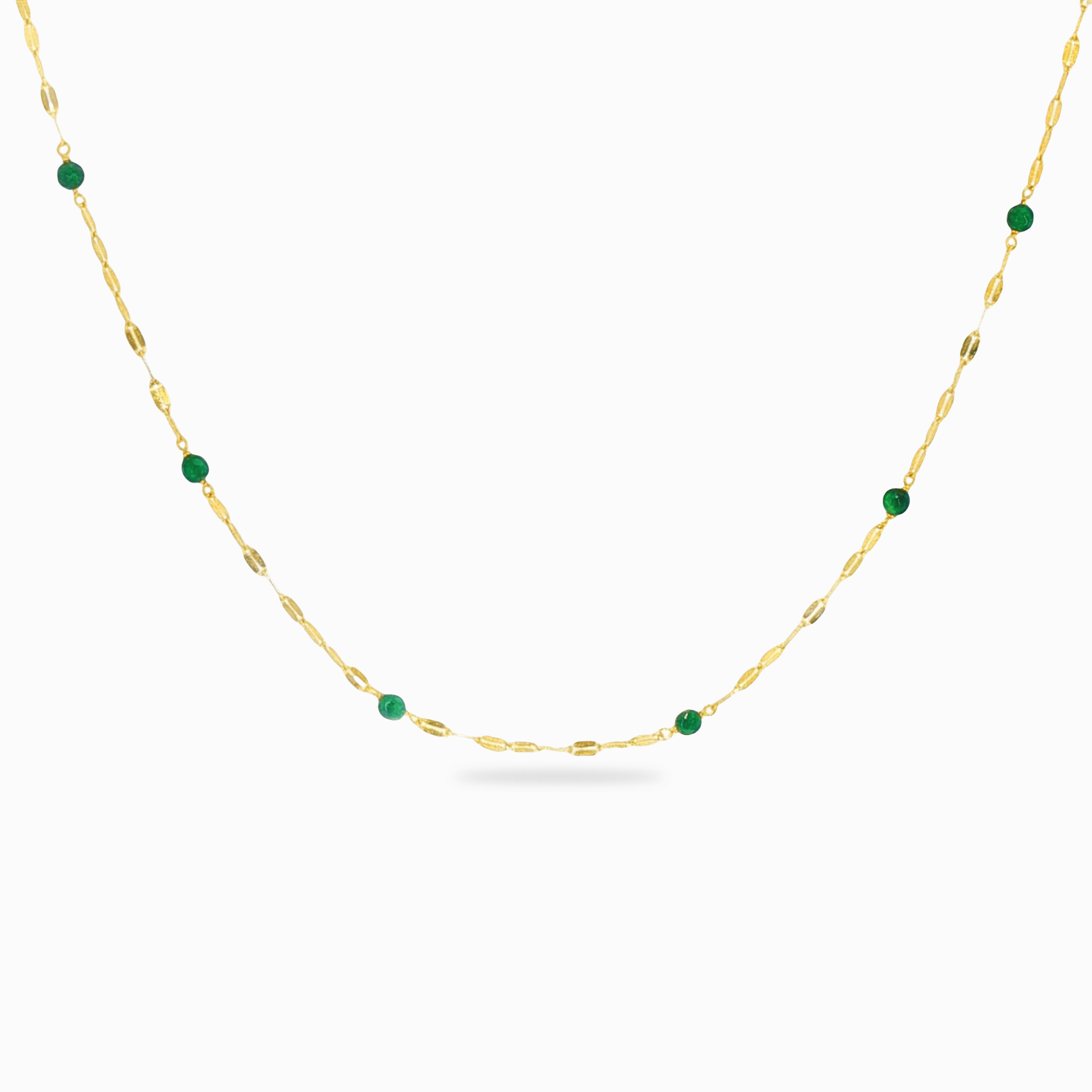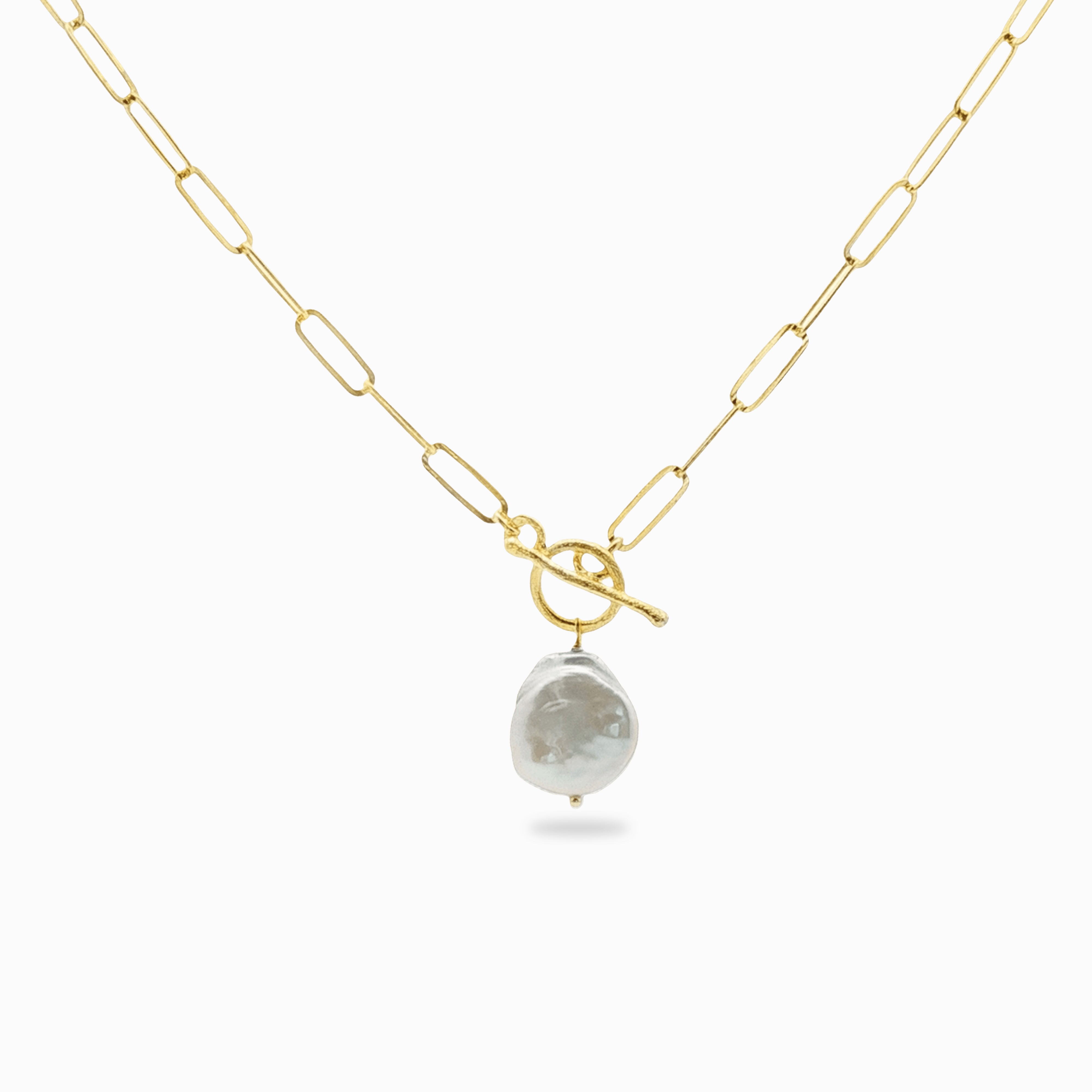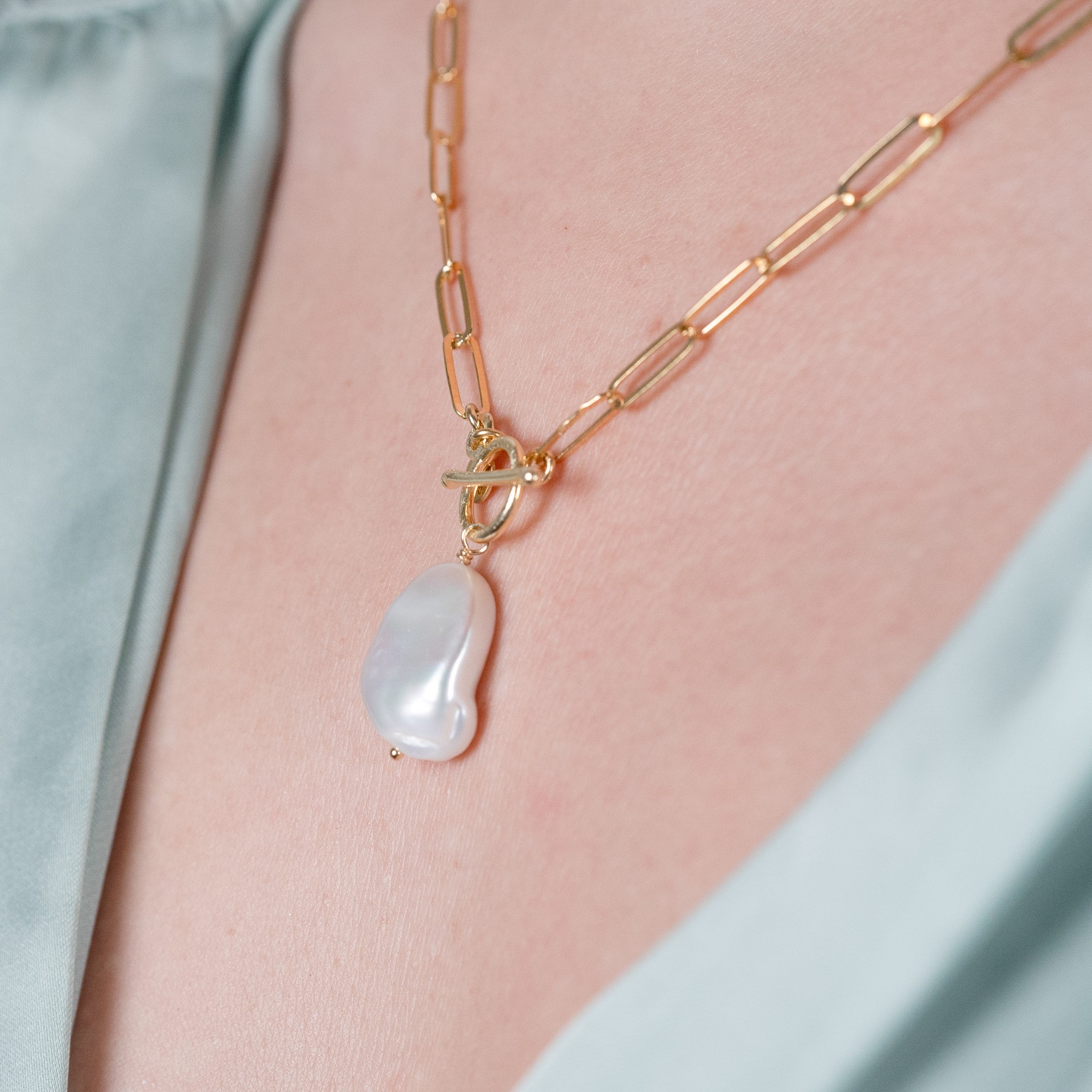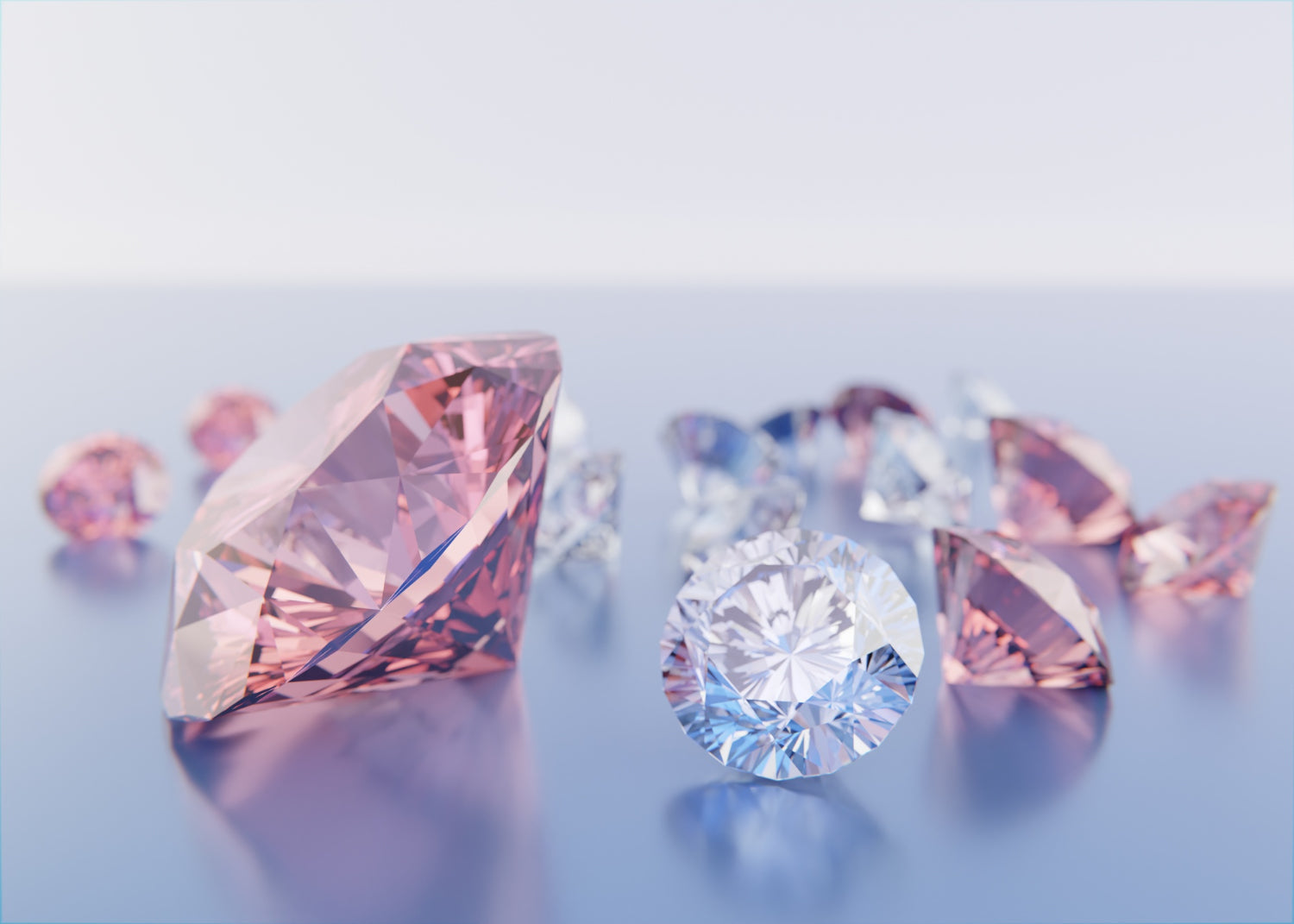
Diamonds: the ultimate gemstone
Diamonds are without doubt the world's most fascinating and coveted gemstone. Its rarity, hardness and exceptional brilliance make it the gem of choice for the most refined jewelry. For millennia, it has aroused admiration and desire, carrying with it an aura of mystery and power. Together, we'll explore all the facets of this stone.
Chemical composition and formation process
Diamond is pure carbon, a fundamental element of nature. Under extreme conditions of temperature and pressure, carbon crystallizes to form diamond.
This process generally takes place over 150 kilometers away, in the upper mantle of the earth's crust. During volcanic eruptions, these precious stones are transported to the surface by magma, where they are found in rock formations called kimberlites.
Diamond deposits
The main diamond deposits are in Africa, notably South Africa, Botswana and Angola. Other important sources include Russia, Canada and Australia. Each of these regions has its own unique geological features, which influence the quality and characteristics of the diamonds extracted.
The four Cs: Diamond quality criteria
Color
The color of undiamond can vary from colorless (the most precious) to various shades of yellow or brown. The most sought-after stones are those that are totally colorless, as they reflect light optimally. They are classified on a color scale from D (colorless) to Z (yellowish or brownish hue). There are also fancy-colored diamonds, such as blue, pink or green, which are extremely rare and highly prized.
Clarity
A diamond's purity refers to the presence of internal defects (inclusions) or external defects (imperfections). The fewer defects a diamond has, the more precious it is. Gemologists evaluate purity with a magnifying glass of x10 magnification, using a scale ranging from Flawless to Included (inclusions visible to the naked eye).
Cut
The cut of a diamond is crucial, as it determines how light penetrates and is reflected inside the stone. An excellent cut allows the diamond to shine brilliantly. Proportions, symmetry and polish are essential factors in assessing the quality of the cut. Common shapes include round, princess, emerald, oval, pear and marquise.
Carat Weight
The weight of a diamond is measured in carats, with one carat equal to 0.2 grams. Diamonds of greater weight are rarer and therefore more precious. However, two diamonds of the same weight can have very different values, depending on other quality criteria.

Other important factors :
Fluorescence
Fluorescence is the ability of a diamond to emit visible light when exposed to ultraviolet light. Some diamonds exhibit blue fluorescence, which can affect their appearance under different lighting conditions. The presence of fluorescence can sometimes diminish a diamond's value.
Symmetry and polishing
Symmetry and polishing are critical aspects of diamond cutting. Perfect symmetry and careful polishing maximize a diamond's brilliance and beauty. Defects in these areas can reduce the stone's value and aesthetic appeal.
Synthetic and imitation diamonds
Synthetic diamonds
Synthetic diamonds are created in laboratories by reproducing the extreme conditions required to form natural diamonds. They have the same chemical, physical and optical properties as natural diamonds. Two main methods are used to produce synthetic diamonds: high pressure high temperature (HPHT) and chemical vapor deposition (CVD). Although visually identical to natural diamonds, synthetics can be identified by advanced laboratory analysis.
Imitation diamonds
Imitation diamonds, such as zirconium oxide (CZ) and moissanite, are commonly used in jewelry because of their diamond-like appearance and much lower cost. However, these stones do not have the same physical and optical properties as genuine diamonds.
Zirconium oxide (CZ)
Zirconium oxide is a synthetic stone that imitates the appearance of diamonds, but is much less brilliant and much less hard (8-8.5 on the Mohs scale - natural diamonds are 10/10). Easy to produce, zirconium oxide is widely used in fashion jewelry.
Moissanite
Moissanite is a more recent synthetic stone that is closer to diamond in terms of hardness (9.25 on the Mohs scale) and brilliance. It is often used as an affordable alternative to diamond, although it has a slightly different brilliance and color hues under certain angles of light.
How to tell the difference between natural, synthetic and imitation diamonds
For consumers, the most reliable way to distinguish real diamonds from imitations is to use electronic diamond testers. These devices use thermal or electrical conductivity to identify materials. For example, natural diamond and moissanite have different thermal conductivities, making it possible to distinguish them with a thermal tester.
Certification and authenticity
When purchasing diamonds, it is crucial to request a certificate of authenticity from a reputable laboratory, such as the GIA (Gemological Institute of America) or the HRD (Hoge Raad voor Diamant). These certificates provide a detailed assessment of the four Cs and guarantee the diamond's quality and provenance.

The history and legends of diamonds
Diamonds through the ages
Diamonds have a long history dating back to antiquity. The first discoveries of diamonds date back some 4,000 years to India, where they were prized not only for their beauty but also for their alleged mystical powers. The ancient Greeks believed that these stones were shards of stars that had fallen to earth. For centuries, they were associated with royalty and nobility, symbolizing power, wealth and invincibility.
Mystical and symbolic powers
In many cultures, diamonds were considered to have protective and healing powers. They were worn as talismans to ward off evil spirits and bring strength and courage to the wearer. In the Middle Ages, diamonds were believed to cure various illnesses and protect against poisons.
Today, diamonds are synonymous with eternal love and marriage. This tradition was popularized by the advertising campaign of De Beers (the company that had a monopoly on production in the 1940s) with the slogan "A diamond is forever". Since then, diamond engagement rings have become an essential symbol of romantic commitment.
Some diamonds have become world-famous for their size, beauty or unique history. The Hope Diamond, for example, is famous for its exceptional blue color and its reputation for being cursed. The Cullinan Diamond, the largest rough diamond ever discovered, has been cut into a number of gems, some of which adorn the British crown jewels.
Tips for buying diamonds
Authenticity check
When you buy a diamond, make sure it is accompanied by a certificate of authenticity issued by a recognized gemological laboratory. The two main laboratories are the GIA (Gemological Institute of America, New York) and the HRD (Hoge Raad voor Diamant, Antwerp). This document must detail the diamond's characteristics, including the four Cs, and confirm that it is a natural diamond.
Choice according to budget
Budget is a determining factor when buying a diamond. It is possible to find beautiful diamonds at a variety of prices by playing on the compromises between the four Cs. For example, a lightly colored diamond with an excellent cut can offer exceptional brilliance at a more affordable price.
Maintenance
Diamond jewelry requires regular care to preserve its brilliance. We recommend cleaning with lukewarm water, mild soap and a soft-bristled brush. Avoid aggressive chemicals and mechanical shocks that could damage them.

